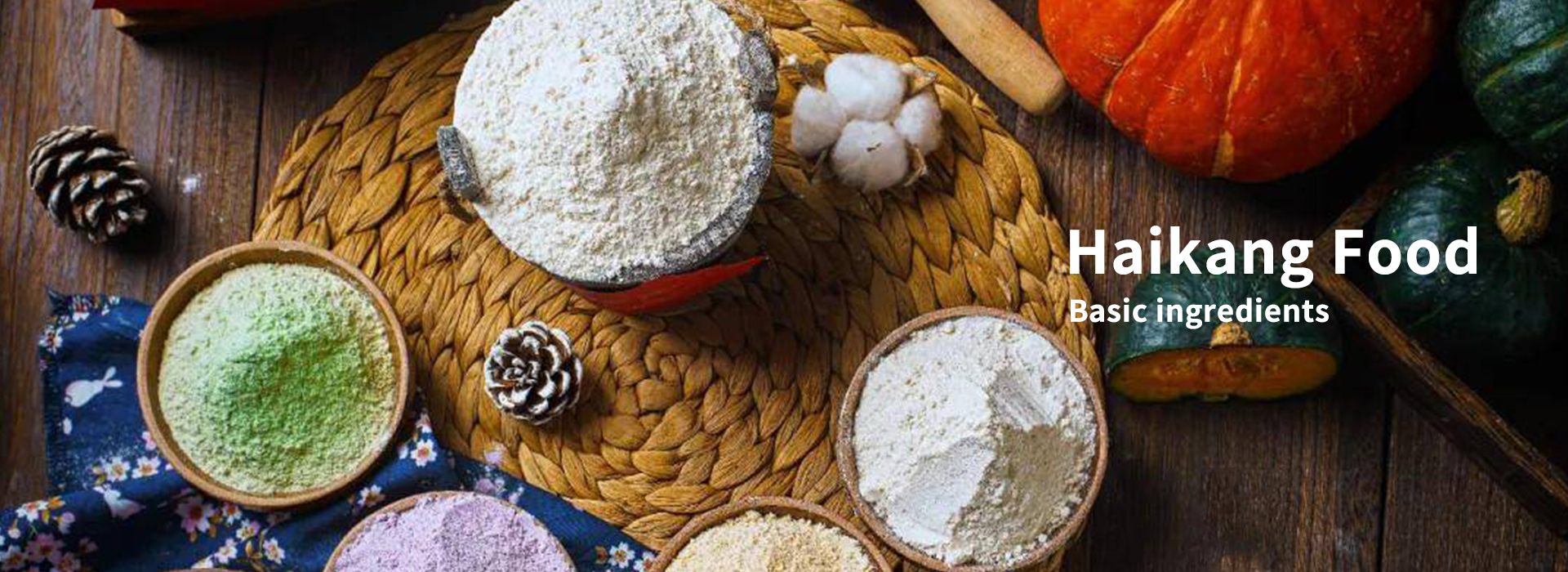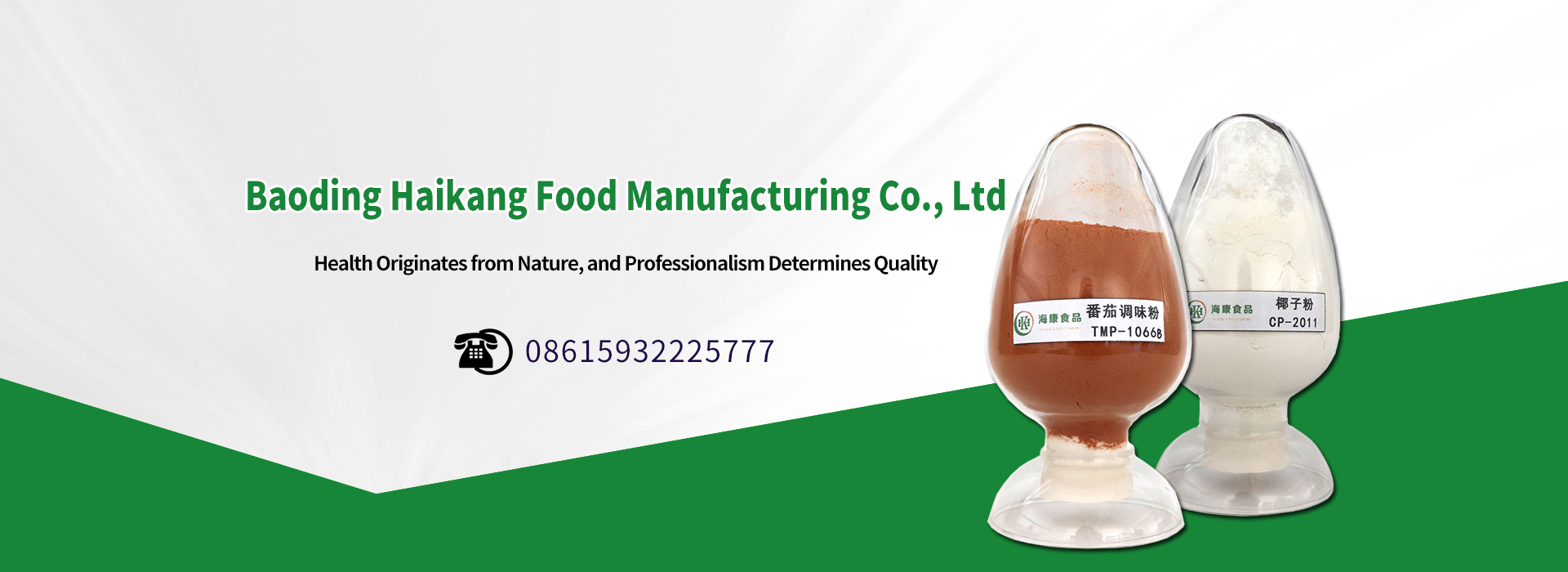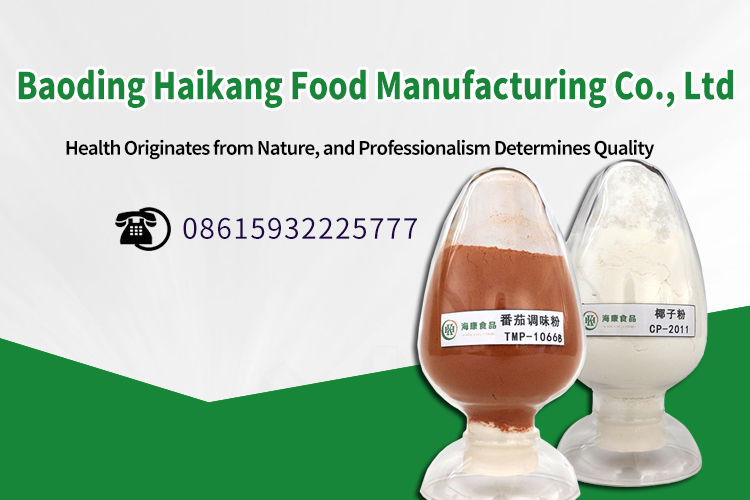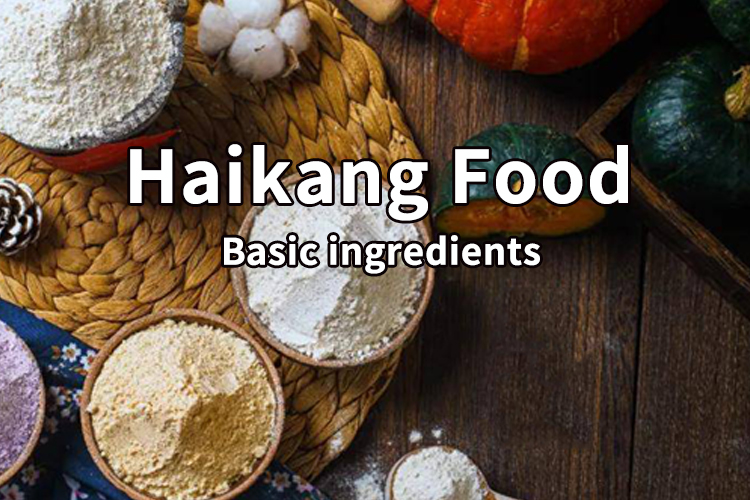The "Trilogy" of Food Seasoning
2023-04-04
After setting the recipe, the seasoning process during cooking can generally be completed in three steps, which is what we call the "trilogy":
1、 Seasoning before heating can be compared to prelude or overture;
2、 Seasoning during heating should be the climax;
3、 Season after heating, this is the end.
1、 Seasoning before heating
Also known as basic seasoning, its purpose is to give the ingredients a basic flavor before cooking, while reducing the fishy smell of certain ingredients.
The specific method is to use seasoning as the raw material; For example, mix salt, soy sauce, cooking wine, sugar, etc. evenly, soak them in, or add eggs and starch slurry to make the ingredients taste first, and then heat and cook. Chicken, duck, fish, and meat dishes also need to be seasoned before heating. Ingredients such as bamboo shoots and cucumbers are often salted to remove water and determine their basic flavor. For some steamed and stewed dishes that cannot be opened and flavored during heating, it is more necessary to adjust the good taste before being put into the pot, such as steamed chicken, steamed meat, steamed fish, stewed (water separated) duck, pot stewed meat, pot meat, etc. The general seasoning method is to put the right soup or mixed ingredients into the container together with the steamed raw materials to facilitate the flavor during heating.
2、 Seasoning during heating
Also known as formal seasoning or set seasoning. The taste of a dish is determined by this step, which is the decisive seasoning stage.
After the ingredients are cooked, add seasonings that are either salty or sweet, sour or spicy, fragrant or fresh at the appropriate time according to the cooking requirements of the dish and the taste of the eater. Some hot dishes need to be seasoned in a bowl in advance. This is called "ready seasoning", also known as "right sauce", so that they can be added in time during cooking without delaying the heat.
3、 Seasoning after heating
Also known as auxiliary seasoning, it can enhance the specific flavor of dishes.
Some dishes, although seasoned in both stages, still do not meet the required requirements in terms of color, aroma, and taste. Therefore, they need to be flavored after heating. For example, fried dishes are often sprinkled with salt and pepper or spicy sauce oil, and hot dishes need to be dipped in various seasoning ingredients. Steamed dishes also need to be cooked with additional sauce before serving. Braised black croaker eggs need to be added with vinegar to the soup when scooping, roasted ducks need to be topped with sweet sauce, and cold dishes that are cooked or mixed need to be topped with the right combination of oil, ginger vinegar sauce, mustard paste, etc. These are all seasonings after heating, which are essential for adding specific flavors to dishes.
Due to the fact that saltiness, sweetness, and sourness are the main or basic flavors in various foods, and removing fishy odors and adding fresh and delicious flavors are the basic requirements for seasoning, seasonings with these flavors or functions, such as salt, soy sauce, sugar, wine, vinegar, oil, onions, ginger, etc., have become commonly used and indispensable seasonings in most foods. These seasonings have a significant impact on the raw materials and food quality.
1、 Seasoning before heating can be compared to prelude or overture;
2、 Seasoning during heating should be the climax;
3、 Season after heating, this is the end.
1、 Seasoning before heating
Also known as basic seasoning, its purpose is to give the ingredients a basic flavor before cooking, while reducing the fishy smell of certain ingredients.
The specific method is to use seasoning as the raw material; For example, mix salt, soy sauce, cooking wine, sugar, etc. evenly, soak them in, or add eggs and starch slurry to make the ingredients taste first, and then heat and cook. Chicken, duck, fish, and meat dishes also need to be seasoned before heating. Ingredients such as bamboo shoots and cucumbers are often salted to remove water and determine their basic flavor. For some steamed and stewed dishes that cannot be opened and flavored during heating, it is more necessary to adjust the good taste before being put into the pot, such as steamed chicken, steamed meat, steamed fish, stewed (water separated) duck, pot stewed meat, pot meat, etc. The general seasoning method is to put the right soup or mixed ingredients into the container together with the steamed raw materials to facilitate the flavor during heating.
2、 Seasoning during heating
Also known as formal seasoning or set seasoning. The taste of a dish is determined by this step, which is the decisive seasoning stage.
After the ingredients are cooked, add seasonings that are either salty or sweet, sour or spicy, fragrant or fresh at the appropriate time according to the cooking requirements of the dish and the taste of the eater. Some hot dishes need to be seasoned in a bowl in advance. This is called "ready seasoning", also known as "right sauce", so that they can be added in time during cooking without delaying the heat.
3、 Seasoning after heating
Also known as auxiliary seasoning, it can enhance the specific flavor of dishes.
Some dishes, although seasoned in both stages, still do not meet the required requirements in terms of color, aroma, and taste. Therefore, they need to be flavored after heating. For example, fried dishes are often sprinkled with salt and pepper or spicy sauce oil, and hot dishes need to be dipped in various seasoning ingredients. Steamed dishes also need to be cooked with additional sauce before serving. Braised black croaker eggs need to be added with vinegar to the soup when scooping, roasted ducks need to be topped with sweet sauce, and cold dishes that are cooked or mixed need to be topped with the right combination of oil, ginger vinegar sauce, mustard paste, etc. These are all seasonings after heating, which are essential for adding specific flavors to dishes.
Due to the fact that saltiness, sweetness, and sourness are the main or basic flavors in various foods, and removing fishy odors and adding fresh and delicious flavors are the basic requirements for seasoning, seasonings with these flavors or functions, such as salt, soy sauce, sugar, wine, vinegar, oil, onions, ginger, etc., have become commonly used and indispensable seasonings in most foods. These seasonings have a significant impact on the raw materials and food quality.
- Previous:The role of common food seasonings
- Next:The 'seasoning' of food
Contact Us
Scan and follow us
















